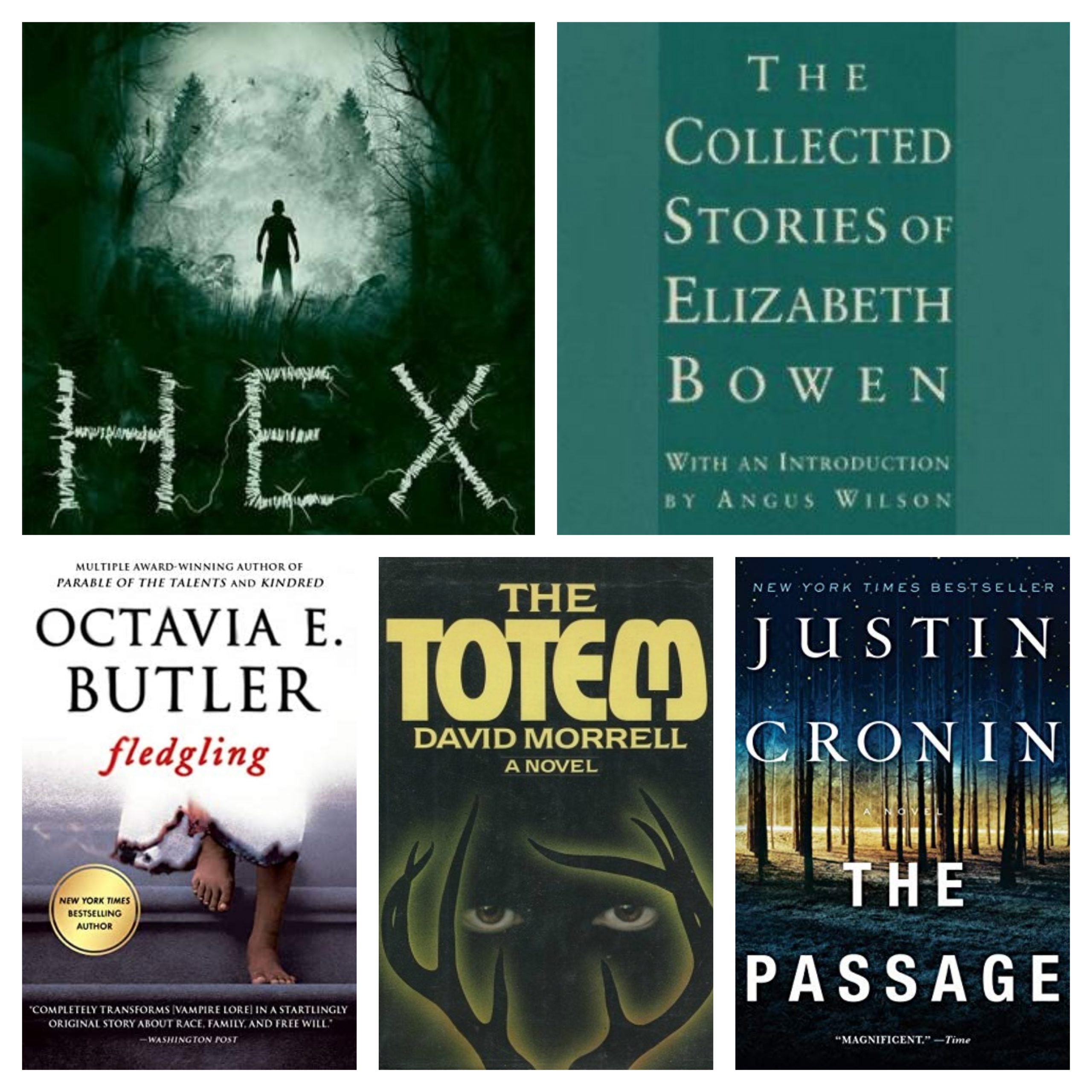It’s 2023, and I’m still reading books, folks! I feel like I made some really good progress on this big ol’ horror list project I’ve been truckin’ away at, and it’s been truly great to catch up on some missed classics and new favorites I may never have come across otherwise. Yes, there have been a few stinkers in there too (I’m lookin’ at you KOONTZ), but they come few and far between. On the whole this has been a lot of fun and I’m going to keep going until I’ve completed this massive list or until I drop dead… Whichever comes first!
For those just joining me, this is my journey through the following “Best of” Horror lists:
Reedsy Discovery Best Horror Books
Stephen Jones & Kim Newman’s Horror: 100 Best Books
Stephen Jones & Kim Newman Horror: Another 100 Books
If you want to check out my previous entries, they can be found here:
Part 33 | Part 32 | Part 31 | Part 30 | Part 29 | Part 28 | Part 27 | Part 26 | Part 25 | Part 24 | Part 23 | Part 22 | Part 21 | Part 20 | Part 19 | Part 18 | Part 17 | Part 16 | Part 15 | Part 14 | Part 13 | Part 12 | Part 11 | Part 10 | Part 9 | Part 8 | Part 7 | Part 6 |Part 5 | Part 4 | Part 3 | Part 2 | Part 1
Strap on your party hats and drink a cup of kindness yet for the sake of auld lang syne!
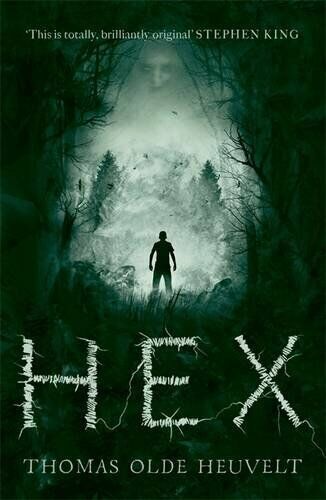
Hex (Thomas Olde Heuvelt, 2013)
List: Reedsy Discovery
The town of Black Spring, New York is not unlike that of any other small town. Generally friendly folks who seem to mostly know each other. Teens who like to hang out at the coffee house on the town square and play pranks. The thing is, most small towns aren’t cursed by a 300-year-old witch who stalks about the town, appearing at random, eyes and mouth stitched shut. The people in the town do their best to avoid the witch while dealing with the cursed they’ve been saddled with by their ancestors, part of that curse being that if they stray too far from the town for too long, they develop an overwhelming urge to commit suicide. The town even has a special unit set up (codename HEX) to keep tabs on the witch via mobile app and dozens of cameras placed all over the town and nearby vicinity. This tenuous balance all starts to fall apart when a group of teens in the town decide to start pranking the witch and trying out different experiments on her like filming her and recording her sinister whispers, things they are strictly forbidden to do. When one of their group takes things too far, it creates a snowball effect that seeks to destroy the entire town.
The first third of Hex does a remarkable job of capturing the banal domesticity of horror, and as things begin to heat up and the cracks in the seemingly normal facade begin to show, we are confronted with the kind of horror that Stephen King often traffics in, that of the horror that can’t be tamed despite the seemingly normal artifice. In fact, Heuvelt’s writing reminds me a lot of King’s, in a good way. When King is at his best, he’s able to embody a kind of creepy small town dread, regular people put into extraordinary circumstances, forced to face their fears and confront their demons. Hex in particular resembles a combination of the cursed wish fulfillment of Pet Sematary combined with the implosion of a small town that falls prey to its own devices of Needful Things. In fact, while the book certainly builds to a supernatural climax, the truly terrifying aspects hearken to the likes of the classic Twilight Zone episode “The Monsters are Due on Maple Street” wherein we see that common folk like you and me are the real monsters. I do feel like the second act drags a little in places and could’ve been tightened up some, but really, that’s a relatively small complaint for an overall very good novel that’s incredibly gripping from beginning to end.

The Collected Stories of Elizabeth Bowen (Elizabeth Bowen, 1981)
List: Jones/Newman
While Elizabeth Bowen may be more widely known as an author of novels of inner strength and resilience in wartime England and Ireland such as The Dark of the Heart and The Last September, she has a very robust compendium of short stories to her name as well. This massive book collects 79 of her stories from throughout her career, starting at the very earliest stories she wrote for various magazines and collected in the book Encounters, published in 1923, to her post-war works stretching into the 1950s. One thing to call out right off the bat is that many of these stories are not overt horror but instead are subtle pieces of character work that hint at opinions and ideas simmering just below the surface, waiting to explode, but held back by manner and class, a desire to maintain decorum. Her stories are also often haunted, not by ghosts (although there are some of those as well) but by memories of the past. The early story “The Shadowy Third” is a prime example of this type of story and sets a pattern that Bowen would return to often. Some of her stories also play as more comedies of manners, with much of the comedy drawn out of the insecurities of the characters and the situations they find themselves in. While these tales of psychological unease are more Elizabeth Bowen’s bread-and-butter, she also includes actual horror stories as well like “The Demon Lover” and “The Cat Jumps” but honestly there aren’t as many of these as I would like. She does have a knack for writing horror so it’s a shame that of the nearly 80 stories here, probably only a little over a dozen of them would fall into that genre. Perhaps Bowen’s greatest strength is in her ability to write nuanced and convincing dialogue that makes the characters feel fully formed even within a few short pages. Overall, there are some real gems in this collection, but just consuming so many of her stories in one go, they get to feeling a bit repetitive. I think a collection that just pulls out her crime and horror stories would be a home run though.
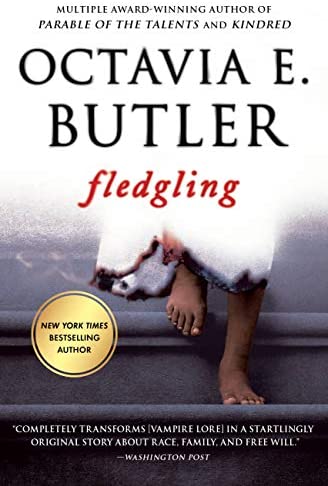
Fledgling (Octavia Butler, 2007)
List: Reedsy Discovery
Shori wakes up, half dead and with amnesia, in the ruins of terrible fire that appears to have claimed the lives of all involved but her. Shori is an Ina, a kind of parasitic, vampiric creature that develops symbiotic relationships with their human companions. In exchange for feeding on them, they grant their humans super healing and more than double life spans of the average human. As she begins to get a grasp on who, or what, she is, she starts to discover that there are those who seek to destroy her for her abilities that make her unique among her kind.
I feel a little mixed on this one. On one hand, Butler has a very strong grasp of world-building and character interactions, developing our the culture and traits of the Ina into a very unique species of creatures I can’t recall seeing anywhere else. On the other hand, the actual plotting in the second half of the book feels a little anti-climactic, essentially turning into a courtroom drama with a less-than-satisfying ending. Of course, as has been mentioned in just about every review of this book, the pedophilia undertones are incredibly creepy and unpleasant. Yes, Shori is actually 53-years-old and her species’ culture has no qualms with sex at this age. BUT she is described as looking like a pre-pubescent girl, and the first man she takes on as a symbiont seems to have no qualms with having sex with her before he even knows what she is or how old she is. He reminded me of the Renfield-esque character in Let the Right One In, except here, he’s held as one of the main characters and a kind of hero of the story in places instead of a gross and degenerate perv. Ok, rant over. Moving on. Anyway, overall the book is quite readable if you can get past the icky stuff, and it really feels like it’s laying groundwork for a longer story not unlike Anne Rice’s Vampire Chronicles, but as far as I know, no follow-up books have come.
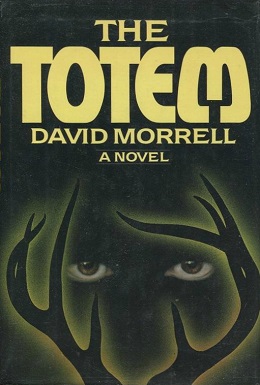
The Totem (David Morrell, 1979)
List: Jones/Newman
It all starts with the disembowelment of livestock in the small Wyoming town of Potter’s Field. Sheriff Frank Slaughter finds himself quickly caught up a pretty big problem, kind of hyper virulent strain of rabies that turns people into mindless, vicious killers. With the help of the local coroner and an alcoholic reporter, Slaughter must try to defeat this menace while battling his own internal demons, at times in direct opposition to the mayor and townspeople who just want to keep things quiet so as not to affect their livelihoods.
This book was originally released back in 1979 in an edited down version by the publisher that re-arranged and trimmed out several plot points Morrell felt helped the overall richness of characterization in the book. Morrell himself went back in 1994 and re-edited the book, restoring it to his original manuscript form. This was the version I read which included an introduction by Morrell describing the publishing history of the book and what was restored. I obviously haven’t read the original edited version, so I can’t speak to how it flowed, but from just a base point of comparison, the edited version clocks in at 256 pages while the unedited one is 448 pages, nearly twice as long. Regardless, The Totem is actually a pretty solid, albeit fairly straightforward story the goes in a distinctly weird direction by the end. I could see some complaining about it being a little slow in the first half, and I wonder if this is where the edited version removes some of the characterization to streamline it. While The Totem was Morrell’s first horror novel, it’s still evident that he has an interest in writing action sequences, which is more aligned to where many of his novels would fall (including his famous debut First Blood which introduced the world to John Rambo). While I don’t think this is as good as his novelette including in the anthology Prime Evil, “Orange Is for Anguish, Blue Is for Insanity” which was one of the best stories in that collection, The Totem is still a fun, brisk read that offers a proper, exciting climax involving super-rabies infected hippy zombies. So that’s something.
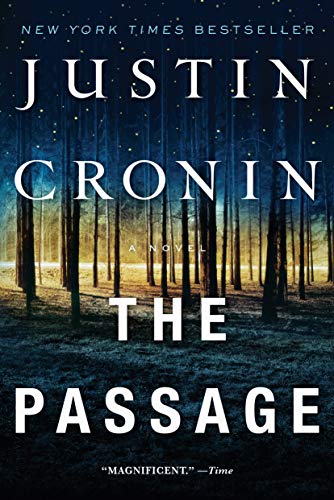
The Passage (Justin Cronin, 2010)
List: Reedsy Discovery
The Passage is the epic story of a dystopian world where a laboratory-created virus has infected a large portion of the populace of the United States, turning them into vicious and aggressive vampiric creatures. After we are witness to how the virus outbreak originated, we leap forward nearly 100 years and are introduced to a surviving colony in California where we see the day-to-day struggle for survival against such monstrous forces. One day a waif-like girl who appears to be a teenager shows up outside the colony’s gate amidst an attack of the infected. Her appearance and the fallout resulting from it will lead a small group of outcasts on a cross-country trip to find out the origin of where it all begin and what comes after.
The Passage is both familiar and fresh, taking elements from massive post-apocalyptic stories like Stephen King’s The Stand, Robert McCammon’s Swan Song and even Richard Matheson’s I Am Legend but remixing and embellishing with an assured world-building aspect while also building a strong empathy for certain characters, causing you to really root for them even when it all seems hopeless. And the reality is, sometimes it is. Everyone doesn’t get a happy ending. In fact, damn few if any do. But it’s that human struggle that makes this beefy book worth checking out. The opening 3rd of the book depicting the initial outbreak is both engaging and exciting with Cronin giving a lot of character depth to people that we won’t be seeing for quite some time, and in some cases never again. But we still care for them and are sad when we are jarringly sent 93 years into the future and introduced to a whole new set of characters we’ll be following for the majority of the rest of the novel. While it does feel a little episodic in places and some of the slang just feels silly to me (like a lot of made up slang in sci-fi… of course, real slang often sounds silly too so… ), overall I found this a highly readable page-turner that’s well worth checking out if you dig your dystopian sci-fi horror. By the end, it has me wanting to check out the second and third book of the trilogy for sure.

